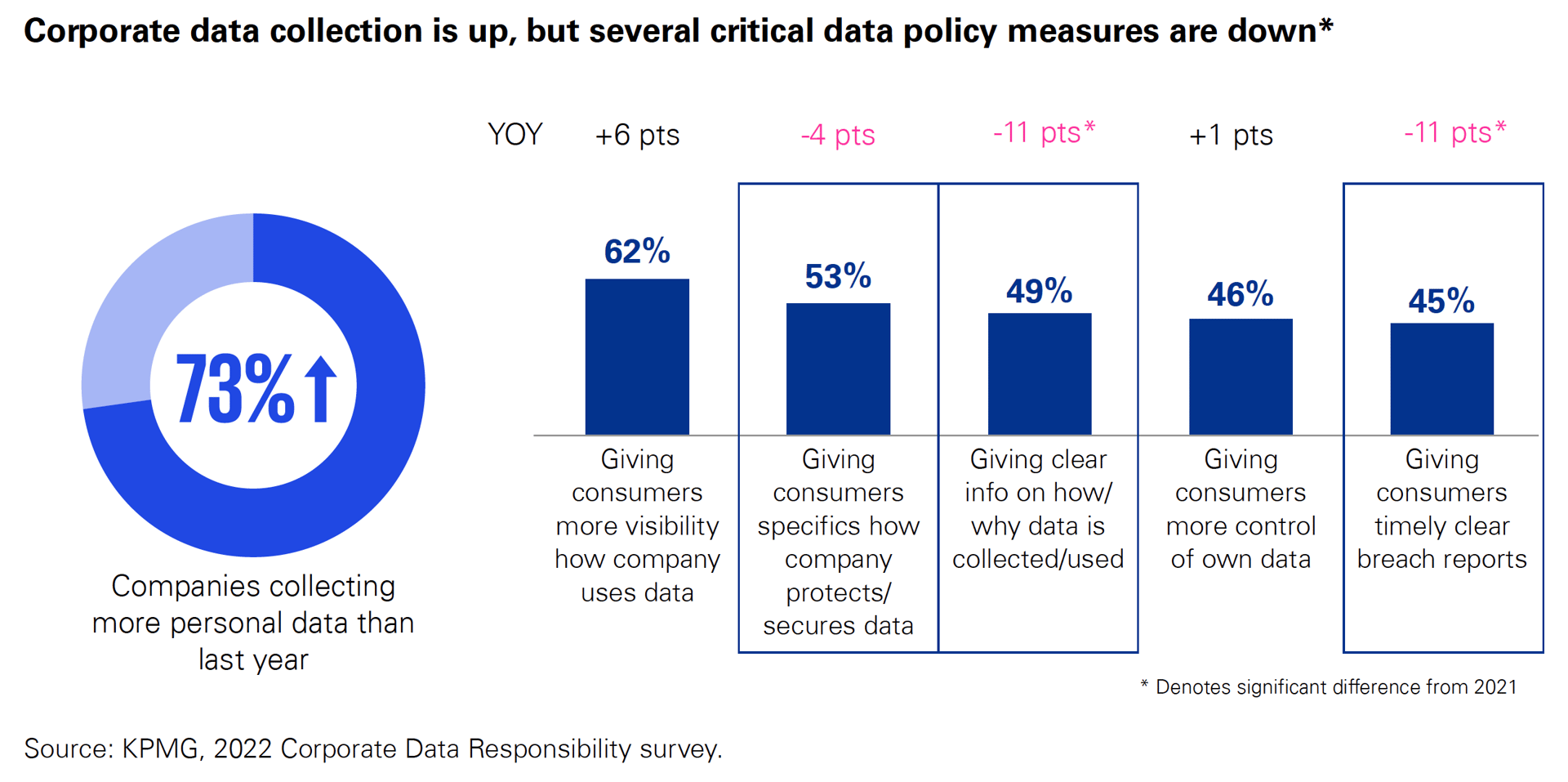march 2023


By Madeline Lauver, Editor in Chief
Security Incidents Increase Steadily in 2022

AndreyPopov / iStock / Getty Images Plus via Getty Images
According to a survey of business leaders across the retail, construction, education and manufacturing sectors, 28% of organizations saw an increase in security incidents in 2022 compared to the previous year.
The State of Physical Security Entering 2023 report from Pro-Vigil found that the percent increase in security incidents in 2022 remained steady when compared to 2021, which also saw 28% of business leaders being impacted by an increase in physical security incidents. In 2022, 69% of respondents indicated no change in the amount of security incidents at their business, and 3% noted a decrease in security incidents.
The survey, which asked respondents to identify enterprise security risks, incidents and response, shared findings across sectors regarding what factors led to security incidents in 2022. When asked to rank what factors caused security incidents at their businesses, 39% of respondents listed the state of the economy as a factor, followed by 26% noting supply chain issues.
Of the types of physical security incidents experienced by businesses in 2022, 48% were classified as theft and 13% were classified as vandalism. In 2022, 35% of respondents did not experience any security incidents.
To reduce the risk of physical security incidents and better respond if one occurs, 58% of businesses implemented new security strategies in 2022. Forty-seven percent of surveyed businesses installed video surveillance technology in 2022; 22% installed fencing; and 14% implemented an alarm system. Other methods explored by businesses in 2022 included employing security guards, bolstering access control and deploying remote video monitoring technology.
For more report insights, click here.
advertisement
advertisement
Users Question Corporate Data Responsibility & Privacy

filo/ DigitalVision Vectors via Getty Images
Nearly three-quarters (73%) of companies are collecting more personal data than last year, but 51% do not provide clear information about how collected data is used. American end-user distrust in enterprise data collection practices has increased compared to previous years, with 92% of Americans describing themselves as very or somewhat concerned about protecting their personal data.
The Corporate Data Responsibility Survey 2022 from KPMG asked business leaders and American consumers about their data privacy practices and concerns. The survey found that 83% of consumers are concerned about companies selling their personal data — and 25% of companies do sell personal data to third parties.
Of companies who collect personal data, 79% list consumer engagement on their site is their top source of user data. Thirty-five percent of surveyed businesses buy consumer data from third parties, and 40% of business leaders plan to buy data in the future.

Image courtesy of KPMG
The survey found that while 73% of organizations are collecting more data than last year, multiple data collection measures have decreased across companies — when it comes to data breaches, 45% of companies reported giving users timely, clear data breach reports, compared to 56% in 2021. Data privacy & security training measures decreased 20% in 2022 when compared to the previous year.
The report noted the potential liability of the decrease in employee data security training, highlighting that four in five American employees received no cybersecurity training in 2022. The report recommended implementing security and data privacy policies organization-wide as both a business differentiator and a compliance mechanism.
For more report findings, click here.
How Do Enterprises Use Video Surveillance?

Ignatiev / E+ via Getty Images
Video surveillance holds a prominent role in the physical security posture of small and large enterprises. A survey from IFSEC Global asked over 400 security professionals to provide their perspectives on the use of video surveillance in their organizations in 2022.
The Video Surveillance Report 2022 identified artificial intelligence (AI) as a key trend in the technology vertical, with 42% of respondents having adopted or installed AI-enabled cameras in the past year. Object classification, license plate recognition and false alarm reduction were named as top security benefits of AI-enabled surveillance.
The study also asked security leaders to rank non-security uses for surveillance — vehicle checks ranked as the first non-security implementation of surveillance, followed by business intelligence, workplace optimization, fire safety and emergency preparedness.
However, with AI adoption also came cybersecurity concerns, according to the respondents. Seventy-four percent of security leaders stated they were “very” or “quite” concerned by the vulnerability of their surveillance system to cyberattacks. The report noted the prevalence of IP security camera systems as a challenge for surveillance cybersecurity.
According to security end-users, cyber backdoors created by technology manufacturers were their top surveillance vulnerability concern (25%), followed by installation issues (19%) and inadequate hardware protection (14%). When asked who should bear the primary responsibility for surveillance system cybersecurity, 30% of respondents named manufacturers, 27% said physical security end-users, and 26% named cybersecurity end-users.
For sector-specific surveillance statistics, read the full report.

march 2023 / SECURITYMAGAZINE.COM


